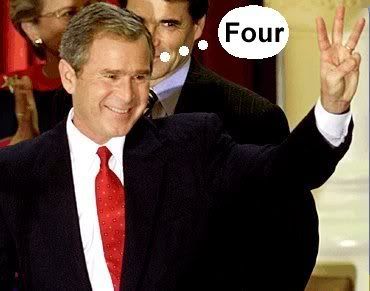| | |
| Warning: This Math Trick Can Actually Improve Your Social Image! Posted: 13 Dec 2009 09:18 PM PST Only if you can count better than him
I believe that Math is linked to everything we can see, feel and imagine. Math can help a human build something he has only dreamed of. It has the power to create, modify and destroy things. From the process involved in building computer applications to the preparation of food we eat, all have 'at least' a point where Math has to be used. So, here is the bottom line "Can you use Math to improve your social image"? You know the answer to such a cliche question is pretty obvious i.e Yes you can! The following is the guide to a simple mental calculation (referred from Wikipedia) that will help you easily calculate the day of the week of any date of any year! Points to be considered:
These are the values for the given centuries,months and days. Just mug up the figures and the rest is a piece of cake, trust me! Centuries table * 1700-1799 = 4 (Still Julian Calendar in Great Britain and it lands until 1752) Months table * January = 0 (in leap year 6) Days table * Sunday = 0 Here comes the main part, the calculation: Let's use April 24, 1982. 1. Look up the 1900s in the centuries table: 0 It should be noted that, in this algorithm, the days on which the century, year, and month start are the "zeroth" day. This allows us to add the day of the month directly (without subtracting 1). For example, 1900 starts on day 0 which corresponds to a Sunday; however, we still need to add 1 for the January 1 which brings the day on which January 1, 1900 fell to day 1, which is Monday, the correct day. So, next time you talk about birthdays with your colleagues, don't forget to impress them with your new Math Trick No related posts. |

0 comments:
Post a Comment